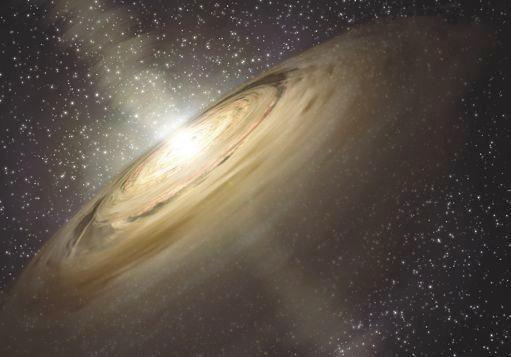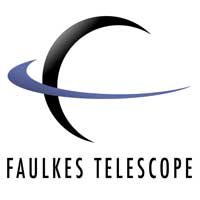Chondrules and their Formation
- Introduction
- Comets
- Asteroids
- Meteorites
- Meteor Showers
- Rock Types
- Identification
- Origins
- Destruction
First to cool out of the solar nebula, once temperatures had reached 1,200–1,400°C, were the CAIs (Calcium-Aluminium-rich inclusions). They included corundum, melilite and perovskite. Imagine them as fluffy balls of dust, held together by a veneer of ice, just microns in size. As the solar nebula cooled further, components of the chondritic matrix came into being during chemical reactions with the CAIs – for instance, from corundum came spinel, which bequeathed both forsterite and enstatite, which were the precursors to olivine and pyroxene at about 400°C. Such minerals became part of the first chondrules, formed during intense flash heating events that raised the temperature to above 1,500°C, completely melting any dust balls nearby, before cooling by a 1,000 degrees in just an hour. Chondrules display textures indicative of multiple flash melting and refreezing events, but what, in the early environment of the Solar System, could have caused them?
There have been many theories, and it is possible that they all conspired to have an effect. Lightning in the solar nebula sparked by dust grains of different sizes with positive and negative charges, shock waves as clumps of gas and dust fell onto the accretion disc, bi-polar jets of radiation from the embryonic Sun or outbursts every 10,000 years or so, even a nearby recurrent nova, have all been suggested. Whatever their origin, the chondrules are survivors of a period when the Solar System was a hot, suddenly violent, and unforgiving place. The first truly solid bodies began to form from the disc a mere three million years after the formation of the Sun – that’s about 4.568 billion years ago. Angrites (a form of achondritic meteorite) are a prime example. They wound up inside some of the first asteroids that, unlike today’s frozen lumps of rock, were molten all the way through. Their soft, molten rock allowed the heavy elements such as iron and nickel to begin sinking towards the core, where they begin to swirl around, generating a magnetic dynamo.
Today the only rocky bodies to possess a magnetic field are Mercury, Earth and Ganymede. Mars once had a magnetic field, but this has now since vanished, leaving behind only residual magnetic traces in some of its rocks in the same way that angrites preserve the magnetic field of the asteroids of which they were part. Judging from the residual magnetic traces in the angrites (and they’re not the only magnetic meteorites, although the origin of some is difficult to interpret at present) asteroids as small as 160 km in diameter may have possessed magnetic fields 40 percent as strong as Earth’s. Research by scientists at the Massachusetts Institute of Technology (MIT) has shown that differentiated asteroids give hints as to the condition of the young, growing Earth.
“Molten planetesimals would likely have formed metallic cores and rocky crusts before they accreted to Earth,” says MIT’s Dr Benjamin Weiss. “This would require that the material that had formed Earth’s core was processed in a magma ocean on Earth before it went on to form the core.”



